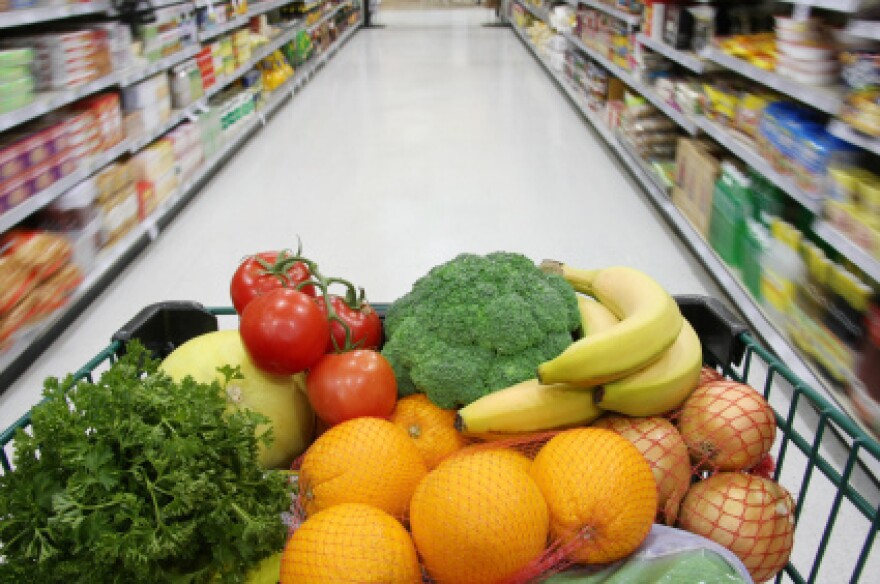47 million Americans are enrolled in the SNAP program 鈥� short for the Supplemental Nutrition Assistance Program, more commonly known as food stamps.
The number of Coloradans participating in the program has doubled from about 250,000 to more than half a million since 2008.
One of the areas that have seen the largest growth in the past six years is Larimer County.

鈥淪ome days we have lines that are all the way through and out the door,鈥� said Marsha Ellis, who oversees benefits programs for the Larimer County Department of Human Services.
Those lines have only been getting longer since the recession hit in 2008. Larimer County has acted as a microcosm of the rest of Colorado, with the number of households receiving food benefits in Larimer County doubling in the past five years, from 4,790 in 2007 to 10,124 last year.
The increase isn鈥檛 just with one particular group of people, Ellis said. Numbers for seniors, children and adults all have shown tremendous growth. That includes those who are disabled, unemployed or underemployed.
The continuing increase runs contrary to messages about the economic recovery. The unemployment rate in both and the has been on a steady, slow decline, at the same time the SNAP rolls continue to rise.
鈥淓veryone is impacted by it in Colorado and it is often a serious and invisible problem that many people are not aware of,鈥� said Michelle Ray, a spokesperson for the nonprofit Hunger Free Colorado.
Ray said pockets of the state are seeing big increases, like in Larimer County, but the problem is statewide.
It could be quite a while before the number of people receiving food stamps starts to decline in Colorado. Ray said more than half the households in the state that qualify for SNAP benefits aren鈥檛 currently receiving them.







